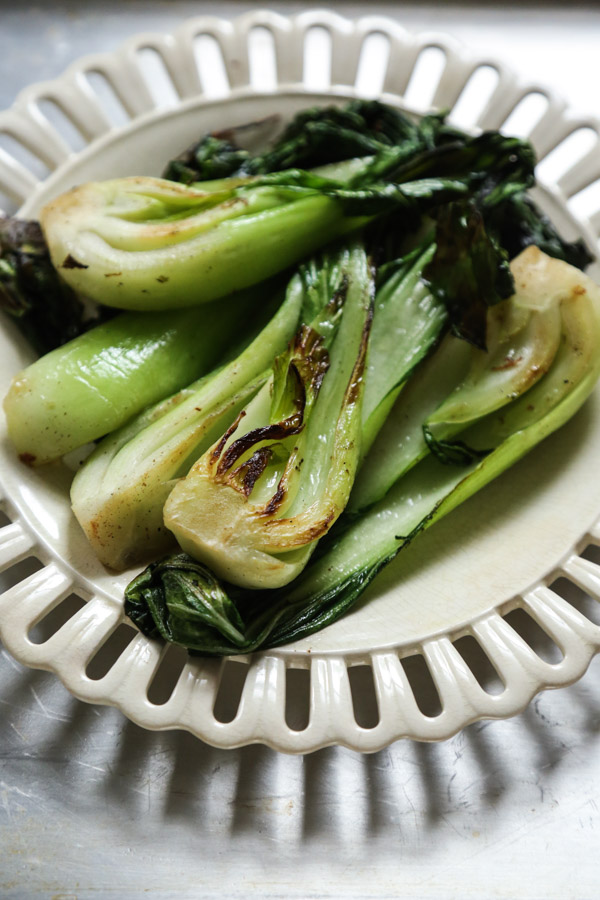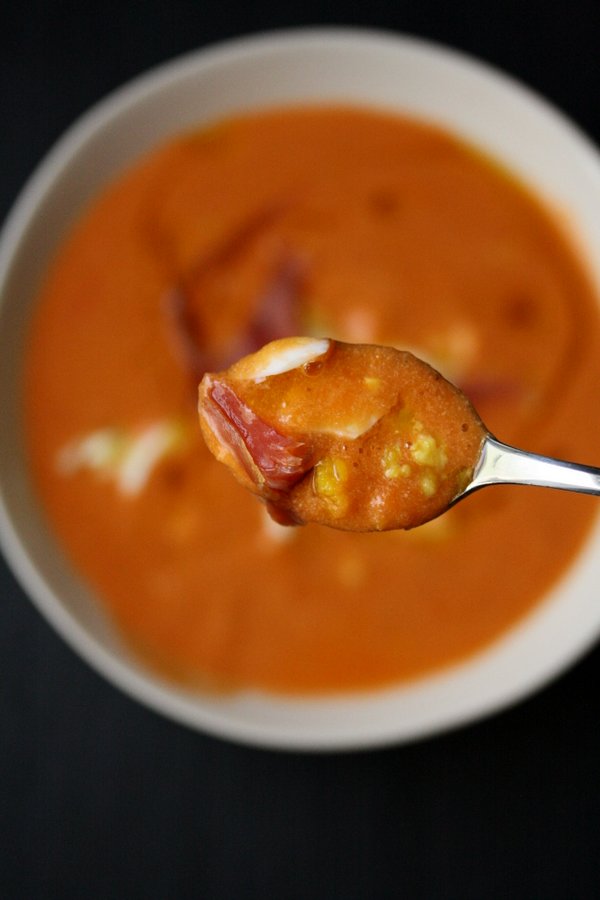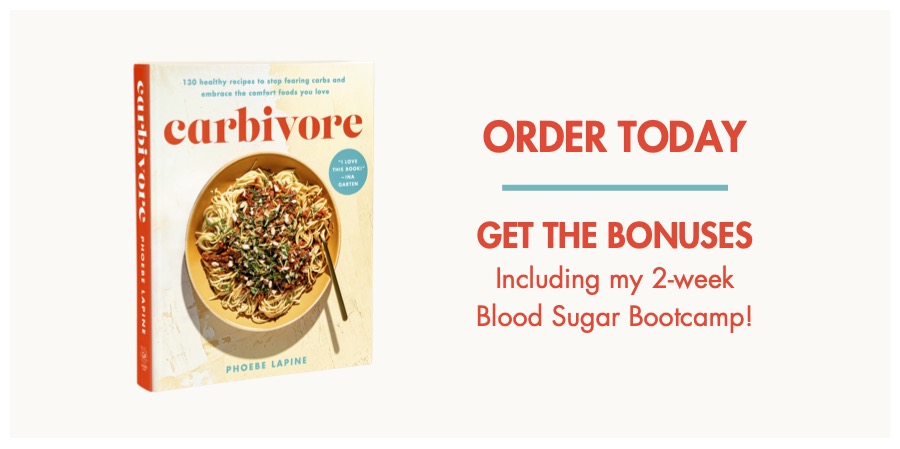One thing I’ve learned about autoimmune disease is that there’s usually a trigger that causes it to take hold in the body. As my acupuncturist Heidi Lovie put it, you probably spent years accumulating imbalances—putting tinder in the box—but it takes an emotional or physical event to light the match and set the whole fucker on fire.
For me, that fatal flame was sparked by a trip to Morocco in 2007. Whatever virus or parasite left me curled in a ball on the floor in Fez forever changed my stomach. What was once an iron cauldron for Third World street meats and strip mall all-you-can-eat sushi buffets, is now as sensitive as a saucepan of untempered eggs over a high flame.
Knowing what I do now about the central role the gut plays in the immune system, it’s no wonder than I was diagnosed with Hashimotos six months after the Morocco episode.
Bad skin has been one of my biggest and most annoying symptoms of bodily imbalance. But before I took a more integrative approach (with this project) and put my dermatologist’s prescription pad to rest, I popped countless antibiotics in hopes of getting my Perioral Dermititis under control. In doing so, I unknowingly caused even more collateral damage to my fragile gut garden—killing off all the good residents, in addition to the bad.
Chatting with Erica and Justin Sonnenburg, pioneers of microbial research, helped me understand how antibiotics can cause more harm than good in the long term. The average American child takes one course of antibiotics a year—primarily for minor illnesses. In exchange for this short-term comfort—the relief from a sinus infection, a temporary clearing of acne, or the slaying of a bad stomach bug—we make a dangerous trade.
Research has shown that people who take many courses of antibiotics over time are typically sicker, have immune systems that can no longer distinguish between friend and foe, and show a variety of other deficiencies as a result. Why? Because your microbiome—the trillions of bacteria that make up the gut—is a delicate ecosystem. When you kill off the innocent and decimate the infrastructure, you create a perfect environment for insurgency.
So I’ve been dedicating a lot of culinary energy to repopulating my gut with edible probiotics and plenty of fiber. I’ve also been trying to eat slower and more mindfully. Read on for how all these experiments went!
From one healthy hedonist to another,
xoxo
Phoebe
1. Feeding your gut garden is the best way to get your digestion back on track.
I followed a lot of Dr. Robynne Chutkan’s advice this month to live dirty and eat clean. The main tenets of her good gut diet: less meat, refined carbs and sugar, more fiber in the form of whole grains and vegetables. This is pretty close to the way I normally eat, with the exception of all the white rice and gluten-free pasta. But during my Wellness Wednesday hangouts, both the Sonnenburgs and Dr. Chutkan emphasized a very healthy hedonist approved approach; it’s more important to add vegetables than it is to stress about taking away the other crap.
This was encouraging when I was down in Nicaragua, where every meal was centered around Gallopinto (rice and beans). A little good, a little bad, plus a lot of hot sauce, which I’ll pretend falls in the middle of that spectrum. While I ate pretty clean in the jungle, I mostly tried to take advantage of the “live dirty” portion of the mandate.
When my flip-flops were precariously slippery, thanks to profuse daily sweating from every pore of my body, I took them off and wandered barefoot on the long trail to the beach. Thanks to the lack of hot water, my showers were brief and for the most part, only included a little soap and water. Part of Dr. Chutkan’s re-wilding protocol is washing all parts of your body less, and never using harsh chemicals to do so. “The dirt on your body doesn’t need cleansing any more than the microbes inside you do,” she wrote in The Microbiome Solution.
Earlier this year, my skin improved drastically once I stopped using harsh cleansers and cut down my washings from twice a day to just once. In the jungle, I went makeup free the whole week and mostly just splashed water on my face at night.
Once I discovered the prevalence of scorpions, I decided to put my shoes back on. But I hoped that the short exposure to the jungle floor added some interesting microbes to my gut garden.
My culinary protocol back home involved the four K’s of edible probiotics: kombucha, kefir, kimchi, and kraut. I tried to eat at least one probiotic a day to keep the gastroenterologist away. I noticed that when I made this concerted effort, my digestion ran very smoothly. But I didn’t notice that much of a difference on paper.
For the last three months, I’ve been sending samples to UBiome to see where my microbe stands. Despite doing my best to eat for my gut, I didn’t move the needle on my results that much. I found this rather discouraging, since one of the most empowering parts of the books I read was that you can change the course of your gut makeup fairly quickly—within a few weeks.
For those of us who have suffered several rounds of mass extinction, getting populations of gut bacteria to take residence again can be an uphill battle. “If the gut contains an unstable microbia, throwing in just one bacterial strain may be the equivalent of having unequipped firefighters show up to a six-alarm blaze,” the Sonnenburgs wrote in The Good Gut. Focusing on just one strain (especially in pill form) can also throw off that delicate balance. The Sonnenburgs recommend trying many different types of probiotics in hopes that you hit the strains your body needs most.
Going into both of my Wellness Wednesday chats this months, I was hell bent on finding a perfect probiotic prescription. I was preoccupied with questions over which edible probiotics gave you the best bang for you buck, and whether even medical grade pills could compare to a cup of yogurt. But unfortunately, perfect probiotic use is extremely individual and requires trial and error. And like all supplementation, the efficacy of probiotics is only as good as your diet as a whole.
Transients like probiotics don’t stay in your system, but like fertilizer, they can help your gut garden grow. The key is to make sure there’s already plenty of good quality soil to work from before you introduce these items. If you eat a cheeseburger and take a probiotic, you’re wasting your money. There’s nothing in your gut for it to nurture.
The concept of “prebiotics,” which basically refers to most vegetables that are high in fiber, is important to grasp. You don’t necessarily need to eat a stalk of asparagus right before you down a bottle of kombucha. But it might be worth investing in the infrastructure—swapping out ground beef for lentils and greens—before you get probiotics involved so that they can do your system the most good.
Here are some of my favorite ways to use edible probiotics on a daily basis:
• Kefir in my morning green or banana smoothies
• Yogurt in dressings and sauces like this green goddess dip or yogurt tahini sauce
• Spicy kraut on top of scrambled eggs or veggie tacos
• Kimchi on top of quinoa fried rice or teriyaki pork tenderloin
• Drink kombucha throughout the day in place of soda. Find somewhere that sells it on tap and keep a big growler in the fridge for easy sipping.
• Kvass (the brine from pickled beets) as salad dressing instead of regular vinegar.
• Miso butter to top veggies or as a last minute addition to soups.
2. What helped my stomach, hurt my jaw. Steak smoothie was not something I wanted to sample again.
I’m totally on board with the concept of chewing your food thoroughly to aid digestion. As wellness coach Robyn Youkilis put it in her program #TheChewingChallenge, your stomach doesn’t have teeth!
But in practice, milling my food into mush in my mouth took a lot of joy out of eating. For one thing, it was a total time suck. I already take twice as long to finish my dinner as the man sitting across from me. (Charlie eats like an anaconda).
For those of you trying to eat less, chewing definitely helps with portion control. Even when there’s no significant other there to greedily polish off the chicken platter while you’re still four bites into your first helping, eating slower allows you to feel satiated with a lot less food. Plus, the added effort involved just makes you that much lazier about refilling your plate. My jaw was usually sore after just two slices of steak.
But the grunt work was so annoying I found myself gravitating towards soups, eggs, and other soft foods that were easier to break down. This, unfortunately, was exactly the wrong move for my long-term gut health, as it’s the fiber-rich, tougher veggies (the most annoying ones to chew) that are best for feeding your microbia.
So as much as I know this chewing challenge was good for my stomach, it’s not something that I am going to actively continue. I recognize the need to slow down. But there’s a happy medium that doesn’t involve turning my composed restaurant plate into baby food and being the last table to pay the bill.
Have you had any digestion successes or failures? Been experimenting with probiotics or chewing? Battled parasites or weird side effects of antibiotics?
I’d love to hear about your experiences in the comments section!
The Wellness Project is now a book! It’s part memoir, part health primer, with 20 inflammation fighting recipes for clearer skin, better digestion, and a thriving thyroid. (Because who doesn’t wake up in the morning wanting a thriving thyroid?!). You can read more and preorder here. To read up on past experiments and get more tips from the trenches, click here.




I’m really enjoying your Wellness Project. I’m catching up on all the posts from the past and feeling inspired that some things that have helped you may help me. Thank you for all the hard work and I hope you continue to find healing.
Thank you for reading Kathy! It’s so nice to know there are people out there who my story is resonating with. I hope you’ll continue reading – even though the official year is almost over! xo
I had never thought about the prospect of passing gut bugs between male and female until now. Does that mean condoms to the rescue and part of the treatment?
Hey Terry! This doesn’t happen through semen, so unfortunately, a condom won’t protect you! It’s kind of a biproduct of intimacy, especially if you live together. As my 80-year-old parasitalogist put it: “when two people love each other very much, they tend to touch each other all over.” I won’t relay the rest, as I’m sure you’re already cringing. But suffice it to say, in a relationship, you become more acquainted with your partner’s bacteria than you might think 🙂 If you find out a loved one has a parasite, probably best for you to get tested as well.
Excellent, informative, well written article, with great advise! Thank God we never had a gut parasite before, sounds like a horrible ordeal. Really great to read that you got rid off it!:) As for antibiotics, we try to use them with caution, rarely and only when the doctor says so. The last time Panos took antibiotics (last year, after being sick for 4 days with fever), I remember he also took a pill with probiotics at the same time. It was supposed to help protecting the stomach and the gut. And we always eat lots of yogurt when we take antiobiotics. Luckily, good quality yogurt is affordable and in abundance here in Greece.
Thank you for sharing such personal issues with us, valuable lessons are to be taught in your writings.
Have a great day dear Phoebe!
xoxoxo
PS We saw your mom’s tweet about your birthday -once again Happy Birthday!- and took the liberty to express our admiration for your folks’ talent, we hope that wasn’t very intrusive.
Not intrusive all at!! No such thing on the internet 🙂 I’m sure your guts are in amazing shape with all that yogurt! xoxox
Hey there Phoebe-
Been lurking your blog for a while now, and I have to say I always love reading your posts. For the past few years, I have dealt with some nasty digestion issues and was stamped on the forehead with the catch-all diagnosis of “IBS.”
It began a couple years ago after a nice little rendezvous with an eating disorder (in which there was a long period of food restriction) and was exacerbated with many, many rounds of antibiotics that I have taken throughout my life (thanks, UTI’s). Sorry for all the TMI’s in this post but all my bizarre vague symptoms (stomach problems, constipation, indigestion, gas) clearly pointed to some sort of bacterial imbalance. I was so excited to see that you had posted something on this topic and bought Dr. Chutkan’s book immediately. I had already cut my sugar and alcohol intake way down (woe is me…) so I decided to up my fiber intake tremendously, which is saying a lot considering I’m getting my Master’s in Nutritional Science and already consider myself a super healthy eater.
What happened was the opposite of the effect I was looking for. I had been eating around 30-35g per day for a long while before reading the book, and consuming about 40-55g fiber/day only aggravated my symptoms. I was so frustrated whle searching for answers…so I did what I enjoy doing most and investigated the shit out of it, determined to get to the bottom. What I discovered was I have a very sloooooow system (they dub it gastroparesis) and my stomach just takes a long time to empty. I’m not exactly sure what the reason behind this is, but a couple months ago I decided to combat it with a 3-prong approach:
I started taking a probiotic which I have read several research studies about as well as eating plain Greek yogurt everyday (to take care of the dysbiosis) supplementing with about 1000mg of magnesium citrate everyday (to stimulate my good ole bowels to start working again) and cut my fiber down to 15-20g per day (to ensure my food is moving too slowly…this was the hardest part b/c I am well aware of how good fiber is for your gut and the whole rest of your bod). To say it has worked wonders for me is a gross understatement.
I know that everybody is different, but I really believe in the power of sharing knowledge (hence the reason I read this blog) and so I thought I would write out this novel and give some of my own input. I am a scientist at heart and would never do or even recommend anything unless I sink my teeth into all of the research. I don’t know where you stand in this issue now, as this post is a bit old, but if you are still experiencing any of the same issues, maybe just maybe try something that worked on my poor little stomach and quite literally turned things completely around.
Oh my god I am sorry for the novel. Keep up the good work and the wellness project, you never know who is reading and who you are helping! xoxo
Cory
Wow Cory!! Thank you for taking the time to share your story. Knowledge IS power. This is such a great lesson in listening to your body. We all have to keep reminding ourselves that there is no one size fits all solution – everyone is different.There are definitely people out there who have damaged their system in a way that makes fiber very hard to digest! I remember my grandfather was one. Interestingly though, even cutting down to 15mg, I think you’re probably still eating more fiber than most Americans! So don’t stress about it. I’m sure your diet is wholesome enough that you’re getting all the nutrients you need without having to chomp on stringy asparagus stalks everyday.
A good way to tell if your system is fast or slow is to eat corn kernels or beets 🙂 Dr. Chutkan referred to corn as the poor woman’s transit test!
Good for you for listening to your body and testing out some new methods – and thank you again for sharing them! Good luck on your health journey. I’m very grateful you’ve been tuning into mine.
xoxox
P
p.s. you should buy a squatty potty!! it’s been a welcome addition to my bathroom decor 🙂